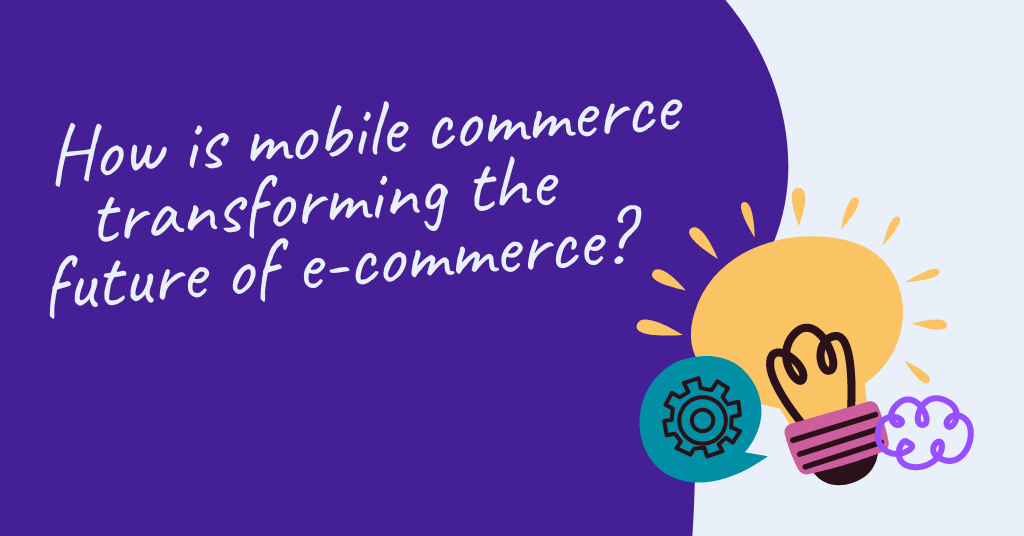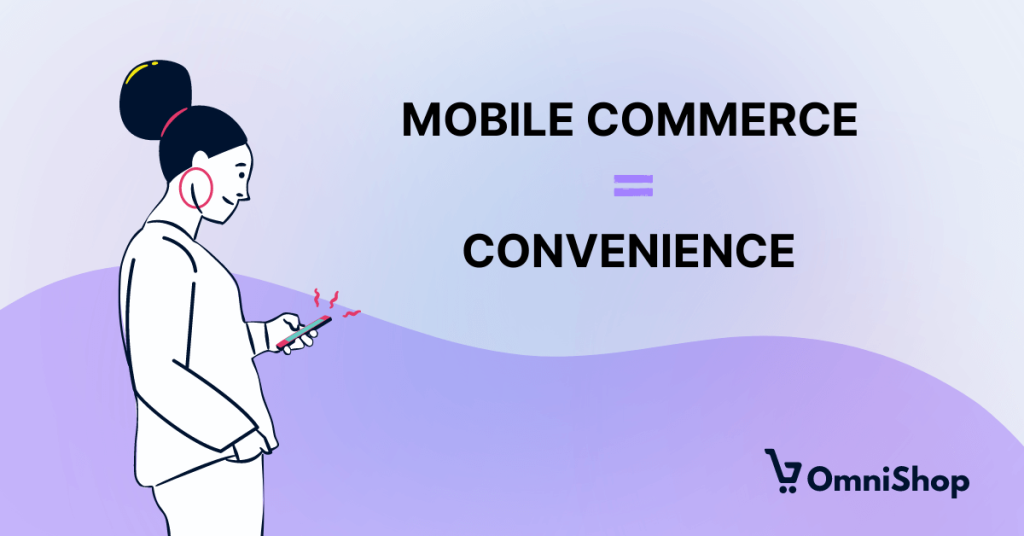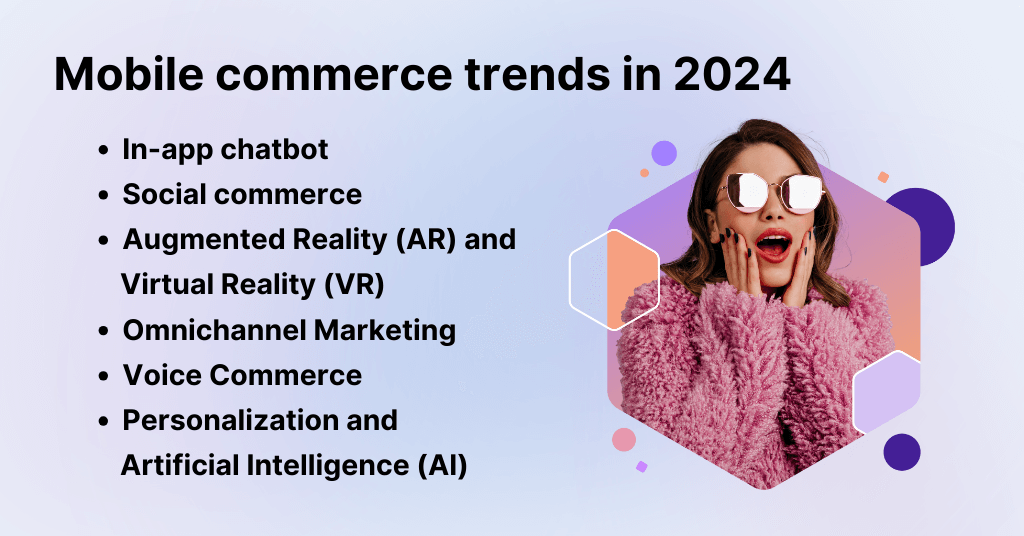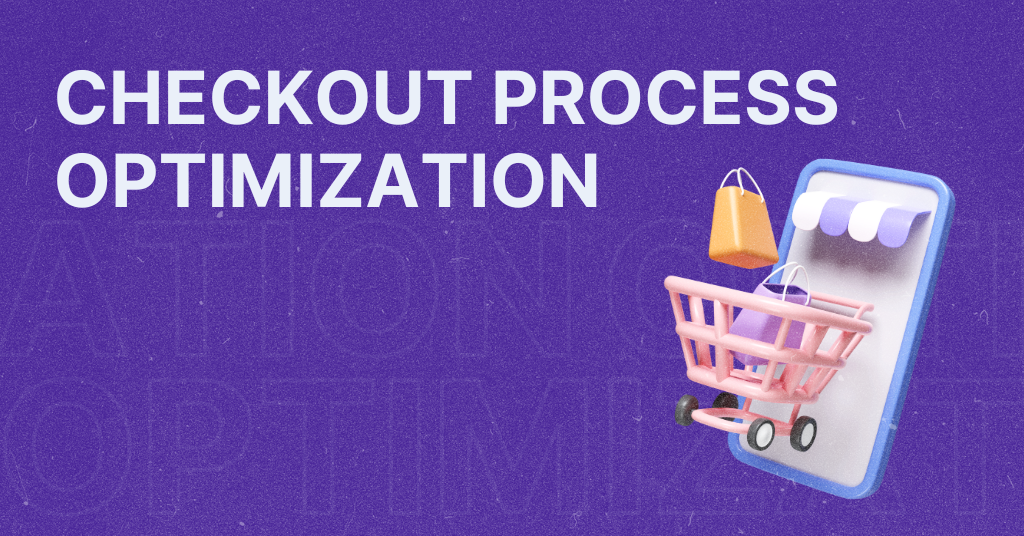
How is mobile commerce transforming the future of e-commerce
Mobile devices have become a part of every aspect of our lives. Phones are life-managing devices for most of us, which helps brands get a pretty big amount of shopper data. Brands and retailers can now discover real-time product development and personalize their targeting which helps them in data-driven decisions.
The owners of online and offline businesses are exploring all sides of e-commerce, but especially mobile commerce. So, how much we’re using and shopping with our phones? Well, mobile commerce sales are projected to exceed $510 billion in 2023 and $710 billion in 2025. The highest mobile device usage is during the holiday shopping season because many people do holiday shopping online because it’s more convenient.
So, how is mobile commerce transforming the future of e-commerce? Let’s see and learn how store owners can get in step with time. 👇
What is mobile commerce?
Back then, e-commerce gave the opportunity for traditional retailers to sell the goods from their stores online, enabling them to reach a much wider audience. With the evolution of mobile phones, mobile commerce gained popularity.
So today, we are lucky to be living in a world of mobile or m-commerce: “the buying and selling of goods and services through smartphones and tablets.” The term mobile commerce was created in 1997 by Kevin Duffey (Wikipedia). According to his definition, it is “the delivery of electronic commerce capabilities directly into the consumer’s hand, anywhere, via wireless technology.”
Mobile commerce includes any monetary transaction completed using a mobile device and doesn’t require physical contact between two people to send or receive the money. Mobile commerce covers everything from e-commerce and in-app purchasing to mobile banking and purchasing goods using a digital wallet. The variety of transactions covered by mobile commerce can be categorized as one of three types:
- Mobile shopping – shopping through websites optimized for mobile, mobile shopping apps, and even social media platforms,
- Mobile banking – usually involves a dedicated app, although some transaction types are limited or restricted on mobile devices,
- Mobile payments are becoming an industry all of its own.
Mobile commerce enables anyone to buy and sell goods or services from almost anywhere, only using a mobile device. Mobile commerce supported the growth of existing industries and services and triggered the development of some new ones like:
- Mobile person-to-person payments (Venmo or Xoom)
- Electronic tickets and boarding passes
- Digital content purchases and delivery
- Mobile banking
- Contactless payments and in-app payments
- Location-based services
- Mobile marketing, coupons, and loyalty cards
Mobile commerce gained a huge advantage few years ago
A few years ago, mobile commerce became a dominant force and gained advantage over traditional commerce. Let’s see why consumers increasingly turned to mobile devices for their shopping needs.

👉 Interested to see how would your app look? Find out here!
Why are consumers turning to mobile shopping
Earlier, mobile commerce focused on selling ringtones, logos, and songs. Today, the predominantly sold items are related to fashion, beauty, and lifestyle industries: clothes, make-up & cosmetics, and home & living.
In the next 5-10 years, retail will change fast because of different reasons like new technology, economic changes, and – what people want. People like to shop on their phones and that is leading to new ideas that make brands and customers move away from regular stores and more into online shopping.
But, m-commerce does not drive shoppers away from physical stores. It turns out it improves the offline shopping experience. Shoppers use their phones and m-shopping services before visiting a physical store to:
- get inspiration
- find a specific product or brand to buy
- plan a trip to the store
- find locations or closest stores
- narrow down the choices

But what drives customers to mobile shopping is convenience. It is unnecessary to go to the store and wait in line anymore. They can browse and view products, compare prices, buy, share purchases, or favorite items with friends without leaving their homes or while doing any other activity.

Shoppers are also engaged by loyalty and reward programs that retailers offer to attract people. Customers love coupons, rewards, and discounts. Mobile shopping apps gave way to customer empowerment – they can have a pleasant shopping experience whenever and wherever they want via their mobile phone.

Benefits of mobile commerce for shop owners
A mobile shopping app is an excellent tool for shop owners to engage customers and offer a great user experience. Incorporating mobile commerce into online sales strategies needs to happen sooner than later.
Using mobile commerce, store owners can quickly gain an edge over the competitors. But what does it bring to their business and customers?
For starters, 85% of consumers prefer mobile commerce apps to mobile websites and here is why:
- Better customer experience and faster purchases. 😊
Apps are faster than mobile websites, loading data and search results about 1.5 times quicker. Since apps don’t always need to get data from a server, shopping is faster and smoother. People like this speed and ease, wanting to shop quickly. A fast, user-friendly mobile app makes shopping much more pleasant. Adding interactive features and special deals like coupons or discount alerts makes the experience even better, keeping customers happy.
- Direct channel of communication with customers. 📲
50% of users like notifications, and 80% say offers and rewards make them more loyal to a brand. Push notifications are an opportunity for sellers to communicate directly with their customers. They can send direct alerts about new products, updates, discounts, and promotions.
With mobile apps, brands also can deliver personalized content to customers based purely on individual preferences and shopping patterns. User location, interests, social media profiles, items viewed, etc., can all be used to bring people what they need.
- Omnichannel customer experience. 👤
It is vital that brands and shop owners list their products wherever consumers are spending their time. 73% of shoppers are so-called omnichannel customers. They use multiple channels during their customer journey, including mobile apps, to download a coupon or compare prices. Only 7 percent of the people are web-only shoppers, and 20 percent make purchases inside a store.
- Mobile commerce makes it easy to merge online and in-store experiences. 🏪
The shopping cycle should combine the buyer experience across channels, including desktop, mobile, and any in-store placements. A great example of this is luxury retailer Neiman Marcus lets consumers use its “Snap. Find. Shop” app to take a photo of a product they like inside their brick-and-mortar store. It is then used to search the database and see if something similar is available to buy online.
- Detailed analytics. 🔢
Mobile shopping app data helps understand the audience, which can boost sales. Basic details like age, gender, location, and shopping history are essential, but analytics can also track more detailed information like contact details and in-store buying habits.
With deeper analytics from mobile apps, businesses can get rich customer data, spot shopping trends, and make better predictions. For example, Walmart’s app, used by 22 million customers monthly, combines mobile, online, and sales data to improve the customer experience.
- What are the advantages of mobile commerce?
- Mobile app accessibility for better user experience
- Responsive web vs native app for e-commerce
- Selecting the best ecommerce platform for beginners
- 10 features for your mobile ecommerce website
Mobile commerce trends to watch in 2024
The global share of m-commerce in e-commerce has increased to 72.9%. Technological innovations are emerging every year, and with each of them, there’s a new chance to improve your business.
So, what are the trends in 2024 m-commerce that need to be considered?
In-app chatbot
A big trend in mobile commerce (m-commerce) is and will be – using chatbots in apps and websites. Chatbots let brands talk to customers instantly. Brands like eBay, Nike, and H&M have created AI chatbots that chat with customers almost like humans.
Social commerce
Social media is a key part of mobile commerce (m-commerce). You’ll see more features like “Buy” buttons, in-app purchases, and augmented reality shopping on these platforms. To make the most of this trend, businesses should focus on making mobile presence strong on popular social media sites. Working with influencers can also help increase sales.
Augmented Reality (AR) and Virtual Reality (VR)
With AR and VR technologies customers can visualize products in their environment, try on virtual clothes, and experience immersive shopping experiences. If you incorporate AR and VR features into your mobile commerce app, you can provide interactive product demonstrations and virtual try-on experiences.
Omnichannel marketing
With omnichannel marketing, brands can bridge the gap between online shopping and in-person retail, with the goal of creating a consistent brand experience. Omnichannel marketing aims to create a consistent user experience and make every channel where customers interact with the brand shoppable. 87% of retailers agree that a seamless omnichannel retail strategy is crucial to their business success and prosperity in the long run.
Voice commerce
Using voice assistants for shopping is growing. To keep up with this trend, businesses should make their mobile shopping platforms work well with voice searches and commands.
Personalization and Artificial Intelligence (AI)
Mobile commerce is using artificial intelligence (AI) and machine learning to provide personalized shopping experiences. Businesses can use AI to look at customer data and habits, which lets them offer personalized product suggestions and special deals.

Mobile payment options
People no longer need to carry around a big wallet with cards and coupons. Instead, they can store all their payment methods on their phone. On most mobile shopping sites, customers can pay with credit cards, PayPal, Stripe, or digital wallets like Apple Pay or Samsung Pay.
For brands like Power Support, using the right payment method can make a big difference. After adding Amazon Pay, they saw a 26% increase in orders, says BigCommerce.
Mobile payments are taking over even the world of offline shopping. In-store mobile payments are already the primary method in some markets, with a massive 81% of smartphone users in China using mobile payment apps. The increase in digital wallet payments from 2019 to 2024 will be 80%. And finally, 50% of the world’s population will be making digital wallet payments by 2024.
What is the future of mobile commerce?
Mobile commerce lets businesses reach customers where they are, not just in stores. As the internet grew, we went from regular shopping to online shopping, and now to shopping on phones. This change brings new opportunities for all kinds of stores.
Brands now focus on giving great online shopping experiences. With a mobile app, brands can talk directly to customers, increasing loyalty and awareness. Even in physical stores, people use apps, so retailers are trying to give a seamless experience across all channels.
All in all, the future of mobile commerce is bright. Consumers keep their money in digital wallets, order their food or ride from chatbots, and try on sunglasses thanks to virtual mirrors before buying them online.
* * *
Are you thinking about getting a mobile app for your online store? OmniShop has the quickest and most affordable way to launch a mobile app for your store. ✨
Let’s book a 30-min mobile strategy session and give your shop a boost.
Let’s book a 30-min mobile strategy session and give your shop a boost.


